Aug
7
2014

Why are there four Gospels? There would be so much less confusion — and theological spade work — if there were just the one. The most obvious answer is that each one was written for a different audience, as described here. The least obvious answer is that God was not only writing the commandments in human flesh, He was also “measuring out” the architecture of the Tabernacle in humanity.
Continue reading
3 comments | tags: Balaam, Daniel, Esther, Genesis, Herod, James Jordan, Mordecai, oikoumene, Revelation, Satan, Tabernacle, Zechariah | posted in Bible Matrix, Biblical Theology, The Last Days, The Restoration Era
Mar
6
2013
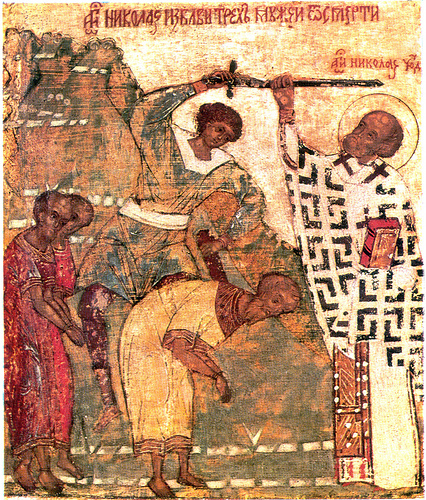 Part 1 here.
Part 1 here.
Bible commentators will tell you that Paul’s epistle to the Ephesians contains great riches. Unfortunately, without any reference to its Mosaic literary structure, it comes across as a jumble of jewels in a treasure chest. However, analysis of the structure allows us to appreciate the fine networks and chains of thought in the literary architecture — and also the clever allusions contrasting old Israel with the New. It also demonstrates Jesus’ fulfillment of the Mosaic Law.
Continue reading
Comments Off | tags: Balaam, Ephesians, Lampstand, Leviticus, Literary Structure, Revelation, Revelation 20 | posted in Bible Matrix, Biblical Theology, The Last Days
Dec
8
2012
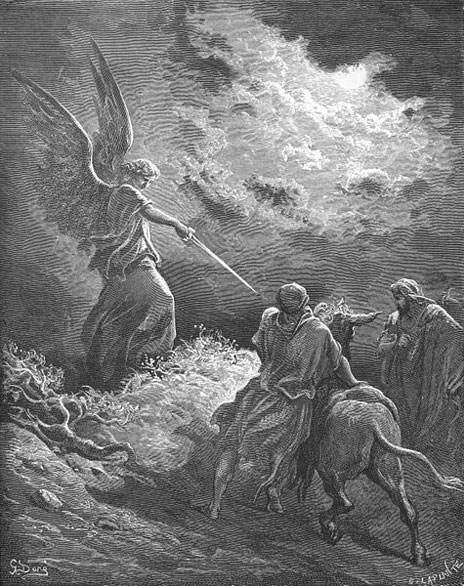
Part 1 | Part 2 | Part 3 | Part 4 | Part 5
We have reached the sixth cycle of Numbers, which seems to include chapters 30-34. Seeing as it has been a while since we looked at Numbers, here’s the overview again, with this next cycle in red.
Overview of Numbers
Genesis/Transcendence – Creation:
1 – Israel called and arranged as a New Creation
Exodus/Hierarchy – Division/Delegation/Passover:
2 – Leadership disputes, failures and judgments
Leviticus/Ethics Given – Ascension/Firstfruits/Altar:
3 – Levitical offerings and “firstfruits” victories
Numbers/Ethics Opened – Testing/Pentecost:
4 – Israel fails the jealous inspection
Deuteronomy/Ethics Received – Maturity/Trumpets:
5 – Israel’s national festal offerings
Joshua/Sanctions – Atonement/Vindication:
6 – Vengeance upon Midian, Dividing the Land
Judges/Succession – Booths/Glory
7 – Yet to see
Continue reading
Comments Off | tags: Ark of the Covenant, Balaam, Covenant curse, Covenant Theology, James Jordan, Joshua, Literary Structure, Moses, Numbers, Phinehas | posted in Bible Matrix, Biblical Theology
Oct
18
2012
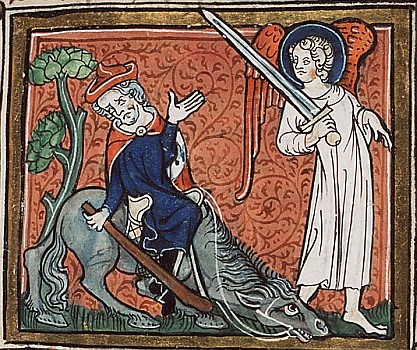
Part 1 | Part 2 | Part 3
Strange Fire
We’ve reach the central “cycle” of the book of Numbers, the attempt by Balak to destroy Israel. To the unbeliever, it is a story about a talking donkey. For believers, it is a story about a wicked prophet and a carnal people. For those with a wide angle “Bible Matrix” lens, the entire landscape suddenly comes into focus as something familiar and terrifying.
Continue reading
3 comments | tags: Aaron, Balaam, Compromise, Covenant curse, Covenant Theology, Joshua, Literary Structure, Lot, Luke Welch, Moses, Numbers, Numbers 5, Phinehas | posted in Bible Matrix, Biblical Theology, The Last Days
Aug
14
2010

“Do you suppose that I came to give peace on earth? I tell you, not at all, but rather division.” Luke 12:51
Another weird idea James Jordan presents in his Revelation lectures is the premise that the famous Four Horsemen of the Apocalypse represent the gospel. As Uri Brito wrote a couple of years ago, first you think Jordan is nuts; then, as you continue to study, you think he is less nuts. Finally you give in and accept his genius, because his premise is vindicated by the similar use of the symbols in the Old Testament, and the literary structure of the event.
Continue reading
Comments Off | tags: AD70, Balaam, Herod, John, Literary Structure, Numbers, Revelation, Systematic typology, Zechariah | posted in Bible Matrix, Biblical Theology, The Last Days, The Restoration Era
Jul
17
2010
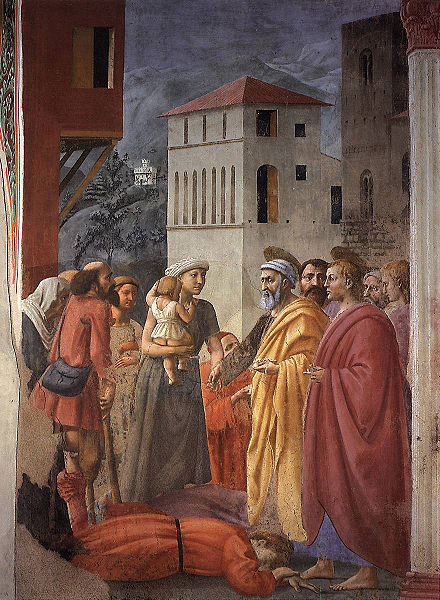
But each one is tempted when he is drawn away by his own desires and enticed. Then, when desire has conceived, it gives birth to sin; and sin, when it is full-grown, brings forth death. (James 1:14-15)
The structure of God’s work in the world finds its origin in His trinity: Word, Sacrament, Government (Discipline). Often in the prophets, the man of God is given a sign which is a type of a greater event to come. The prophet is the sacrament that mediates the Word of discipline to the People.
Continue reading
Comments Off | tags: Abraham, Acts, Atonement, Balaam, Communion, Genesis, Isaiah, Jezebel, Judas, Moses, Replacement Theology, Totus Christus, Typology | posted in Biblical Theology, The Last Days
Feb
9
2010
The astral bodies signified those who are glorified and exalted. While this is true of all the saints, it is also true of all human rulers as well. Revelation 1:20 says that the rulers of the church are like stars, and Jude 13 says that apostate teachers are “wandering stars.” —James B. Jordan, Through New Eyes, p. 55.

Jude’s epistle follows the themes of the Bible matrix. In Adam’s pattern, the first half (forming) was good, but he forfeited the glories of the last half (filling). Like God, he was to create with a faithful Covenant word. His failure made him a false prophet, one who cries “peace, peace” when Leviathan is at the gate.
Continue reading
Comments Off | tags: Balaam, Bible Matrix, Creation, Jude, Korah, Revelation, Tabernacle | posted in Biblical Theology, The Last Days
Dec
8
2009
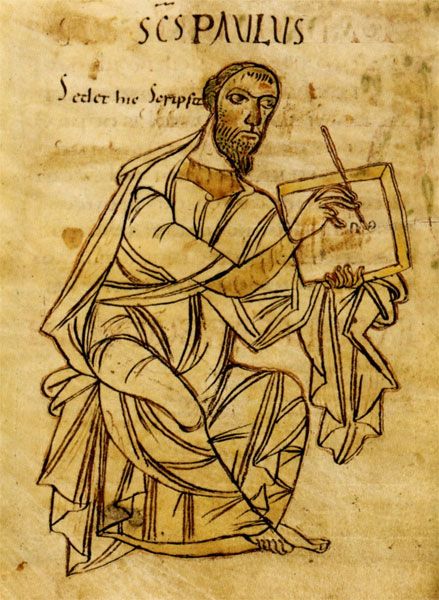
I say then, has God cast away His people? Certainly not! For I also am an Israelite, of the seed of Abraham, of the tribe of Benjamin. God has not cast away His people whom He foreknew. Or do you not know what the Scripture says of Elijah, how he pleads with God against Israel, saying, ”LORD, they have killed Your prophets and torn down Your altars, and I alone am left, and they seek my life”? But what does the divine response say to him? “I have reserved for Myself seven thousand men who have not bowed the knee to Baal.” Even so then, at this present time there is a remnant according to the election of grace. Romans 11:1-6
Romans 11 is one of those watershed passages. How one interprets it depends on one’s “plan of the ages” paradigm. If you haven’t read James Jordan’s The Future of Israel Re-examined, you need to. Due to its ramifications for interpretation of much of the New Testament, I believe it should be recognised as one of the most important writings of our time. It puts Romans, and especially chapters 9-11, fairly and squarely within a first century context. All would be fulfilled before AD70. God would make “a short work” in the Land. And He did.
It also helps with the interpretation of Revelation. Christ was a new Moses, just as Elijah was. He ascended and gave a double portion of His Spirit to the church as Elisha. The new body witnessed to Gentiles to provoke the hard-hearted Jews to jealousy. This has nothing to do with our day. It was a process confined to the end of the Old Covenant.
Continue reading
Comments Off | tags: Balaam, Hermeneutics, Herod, James Jordan, Jezebel, Paul, Romans | posted in The Last Days
Nov
7
2009
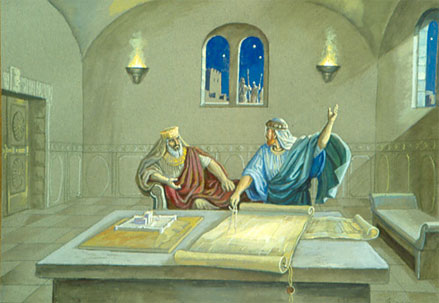
All the names and the numbers in Revelation are symbols based on historical facts. The names are easy. Jezebel, Antipas, Balaam… But we mathematical moderns have trouble taking numbers as symbols. We are only interested in descriptions, not relationships. In the Bible, symbols describe relationships. As David Chilton observes in The Days of Vengeance [PDF], the symbolic value of someone or something is not a description of its nature, but a description of its relationship to someone or something else. Hence, as Jordan observes, Satan is both a dragon and a serpent in Revelation 12. He is a serpent to the Woman and a dragon to her children. Continue reading
3 comments | tags: 666, Balaam, David, Jezebel, Millennium, Peter Leithart, Revelation, Temple, Typology | posted in Biblical Theology, The Last Days
Apr
10
2009

“I could never believe a book that starts with a talking snake!”
The fourth beast was stronger and more terrifying than the others. Its huge teeth were made of iron, and what it didn’t grind with its teeth, it smashed with its feet. It was different from the others, and it had horns on its head – ten of them. Just as I was thinking about these horns, a smaller horn appeared, and three of the other horns were pulled up by the roots to make room for it. This horn had the eyes of a human and a mouth that spoke with great pride. Daniel 7:7-8
The Bible begins with Adam, Eve and a serpent in the garden, and ends with a false prophet (Adam), harlot (Eve) and beast (serpent) squatting in God’s house. The seed of man’s rebellion was now a fullgrown tree – a tree of death (James 1:14-15).
Animals are the tutors in the Old Testament. Man was created in God’s image, but instead imaged a beast. Adam was covered in animal skins and their blood temporarily covered his sin. The law was administered by angels, and the symbols God uses are mostly animals. As mentioned in a previous post, the three major covenants were symbolised by an ox, a lion and an eagle. The New Covenant symbol is the Man who is bread and wine. The New Covenant era is administered not by angels but by men, Christians.
But as this New Covenant era arrived, so did a false man: a being who had the eyes and mouth of a man but was really a man-mask for the Roman beast. Revelation refers to Jews as ‘men’ because, like Noah, they were the mediators. The gentiles are the ‘beasts’ who are called to submit and enter the ark of Christ (Acts 10:11-12).
As Israel’s history completed Day 6 (the Land animals and the Man predicted in Daniel 7), this false man, a beast who spoke like a man, was squatting in God’s garden. The Herodian line was a talking snake.
You can trust the Bible. There is always method in any apparent madness. God doesn’t do or allow anything without a reason.
(Balaam the false prophet was also a ‘talking snake.’ He was blind to God’s word, so God used a talking donkey to get through to him.)
Comments Off | tags: Angels, Balaam, Daniel, Genesis, Typology | posted in Biblical Theology, Creation, The Last Days



































